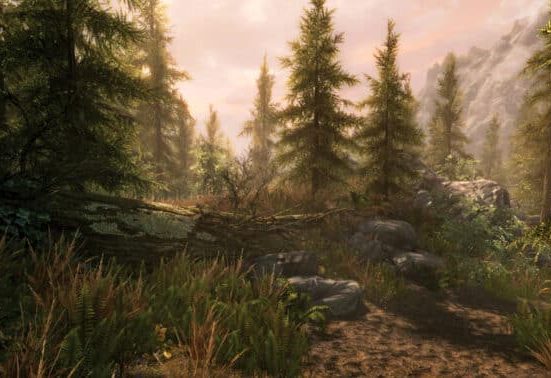After landing on the far side of the Moon, China's Chang'e-6 lander is collecting samples to bring back to Earth and send back. Images that document your mission..
Chang'e-6, which was released on May 3, underwent weeks of space maneuvers that culminated with its weekend landing in the Aitken Basin region of the Moon's South Pole. The mission plan calls for the probe to collect samples of lunar soil and rocks over the course of about two days and then package them for the return trip.
If the operation is successful, Chang'e-6 would bring the first fresh lunar samples ever collected to the far side of the Moon, following the lead of Chang'e-5 mission in 2020which returned samples from the side of the Moon facing Earth.
He The China National Space Administration said The lander used its onboard camera during its powered descent to autonomously detect obstacles and select a safe landing site. Captured Chang'e-6 video images during the final phase of the lander's descent and transmitted the views back to Earth. A video frame shows the lander's shadow moments before touchdown.
Chang'e-6 is built to collect samples using a drill and robotic arm. You are also expected to collect scientific data about your environment using a radon detectorto negative ion detector and a mini-rover. During surface operations, data and telemetry are transmitted between Chang'e-6 and Earth via China. Queqiao-2 satelite.
Up to 2 kilograms (4.4 pounds) of lunar samples will be stored within the “ascendant” stage of the lander. The rocket-powered ascender will then take off from the surface and transfer the samples to the Chang'e-6 orbiter, which is currently in lunar orbit. Following the model established by Chang'e-5, the orbiter will return to Earth and release the sample capsule for re-entry into the atmosphere and landing in Inner Mongolia.

The moon's south polar region is of particular interest because it is believed to harbor reserves of water ice that could support lunar settlement. Studying recent samples from the South Pole's Aitken Basin could help scientists and mission planners learn more about the region's resources.
Chang'e-6 is the latest spacecraft in an international lunar landing armada, including the Russian one. Moon 25iSpace Hakuto-R and astrobotics Peregrine falconthat were not successful, in addition to more fruitful missions such as the one in India Chandrayaan-3Japan SLIM and intuitive machines Odysseus.
Upcoming attractions include NASA viper vehicle, which should currently be delivered to the moon later this year; and from china Chang'e-7 mission, which has a jump probe and is scheduled to launch in 2026. Looking to the future, China intends send astronauts to the lunar surface by 2030 – shortly after NASA's Artemis 3 manned moon landing, currently scheduled for 2026.













Leave feedback about this